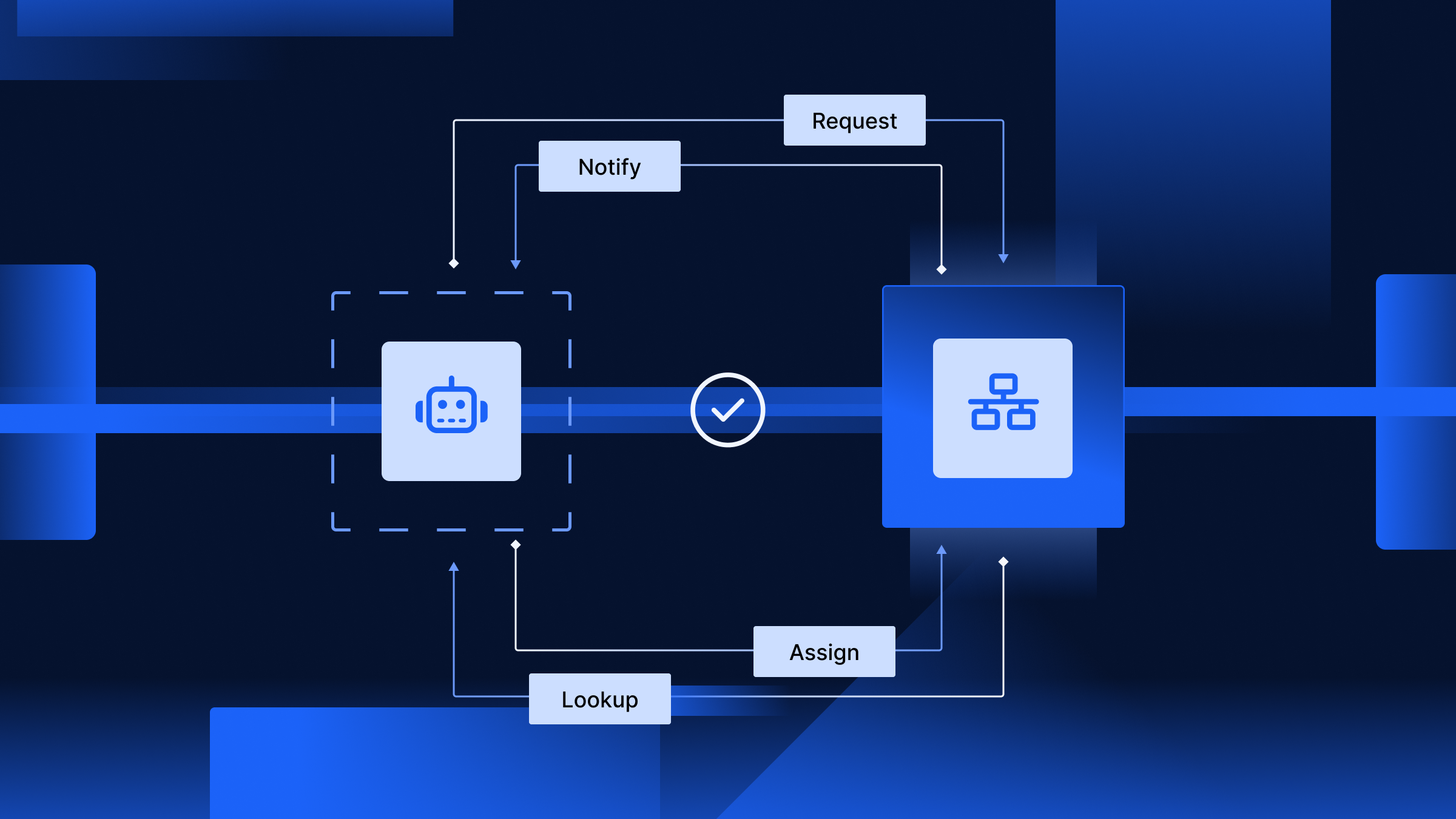Welcome to part 1 of our three-part series on building agent-ready backends.
AI agents are no longer limited to answering questions - they're beginning to take action, execute tasks, and collaborate across systems. But to do that effectively, they need more than traditional APIs. They need structure, discoverability, and a shared language. That’s where the Model Context Protocol (MCP) comes in.
In this post, we’ll explore why the REST API protocol alone can’t power agentic workflows, introduce the principles behind MCP, and explain why it’s the critical bridge for enabling agent-to-agent communication and intelligent automation across your systems.
In part 2, Unlocking Machine-to-Machine Intelligence: How MCP Shapes Agentic Workflows, we’ll dive into how MCP actually works - its architecture, components, and protocols - so you can understand what’s happening under the hood.
Why MCP?: From REST APIs to Agentic Interactions
For decades, REST APIs have been the standard for how applications interact - humans initiate an action through a UI, which calls a specific backend endpoint to manipulate or fetch from a database. This works well when the user is human. But the rise of AI agents introduces a new dynamic: the user is now a machine tasked with deciding what needs to be done and how to do it - autonomously.
With MCP and a remote-hosted backend like Xano, you can build agent-compatible backend systems designed specifically for agentic interactions - where autonomous agents discover, reason about, and invoke external capabilities on their own.
Use cases include:
- AI assistants embedded in your application that query user data and suggest next actions in real time
- Decision-making agents that select and call custom and third-party tools through your Xano-built MCP Server
- AI agents that orchestrate complex multi-step tasks by chaining together your custom tools and external services
- Language model-driven agents that generate dynamic prompts, evaluate options, and act on behalf of users - all powered by your backend logic
These aren’t traditional automations - they’re systems that enable intelligent agents to understand what’s possible and choose how to act, using your backend as an active collaborator.
Want to learn how to build REST APIs without code?
Watch Building API Endpoints.
MCP in the Field: Automating Technician Assignment with AI Agents
Take a field service management scenario. Traditionally, a human dispatcher receives an emergency call from a customer reporting a flood. The dispatcher logs into the application, looks up the customer record, checks technician availability, manually assigns the job based on urgency and location, and finally sends a text message to notify the customer - all powered by backend REST APIs.
In an agentic workflow, the dispatcher simply prompts the AI assistant:

The AI agent interprets the intent and autonomously performs the task by reviewing which tools are available to it via a hosted MCP Server backend - such as one built with Xano - and then invoking a sequence of the MCP tools:
Lookup Customerto retrieve Mr. Johnson’s contact detailsCheck Technician Statusto identify an available technician nearbyAssign Jobto schedule the emergency visitNotify Customerto send a personalized text with the technician’s name and appointment time

Rather than relying on pre-scripted automation, the agent uses reasoning to decide which tools to call and in what order - executing the task based on the context of the situation. MCP enables this type of dynamic interaction, where the backend is no longer just a passive API, but an active collaborator in agent-driven resolution.
Why REST Alone Falls Short in Agentic Workflows
AI agents need more than just endpoints - they need context, discoverability, and clear guidance. REST APIs typically lack these qualities in several key ways:
- No Built-In Discoverability
REST endpoints must be documented separately. There’s no standardized way for an agent to explore what a backend can do without external documentation or prior knowledge. - Sparse Machine-Readable Metadata
While OpenAPI and Swagger can help, many REST APIs don’t provide structured input/output definitions at the endpoint level that agents can parse and understand reliably. - Disjointed Workflow Logic
REST endpoints often represent individual actions (e.g.,GET /users,POST /orders), but don’t convey how those actions fit together into a workflow or task. Agents are left to infer intent and sequencing. - Opaque Prompt Guidance
There’s no mechanism in REST for offering supporting natural language prompts that LLM agents can use to understand when and how to use an endpoint effectively.
Why MCP Is the Next Step
The Model Context Protocol (MCP) addresses these limitations by:
- Defining tools with clear inputs, outputs, and usage descriptions.
- Providing machine-readable metadata and optional natural language prompts to guide agents.
- Supporting discovery, so agents can query a server and learn what tools are available without prior integration.
- Enabling long-lived sessions, which REST does not natively support.
MCP builds on top of existing web protocols to enable a new class of interaction - supporting scalable MCP implementation and agent reasoning - where agents can reason about what a system offers, plan a course of action, and execute it using tools designed specifically for machine-to-machine workflows.
Now that you understand why AI agents need a new kind of backend, it’s time to explore how it all works.
Continue to part 2, Unlocking Machine-to-Machine Intelligence: How MCP Shapes Agentic Workflows, of our series, where you'll discover the building blocks of the Model Context Protocol (MCP) and how agent-compatible backends operate under the hood.













